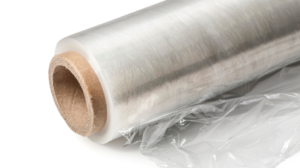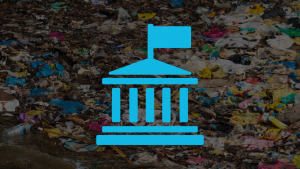- Policy
- Government
- Facts & Stats
- Plastic Pollution
- National
- International
Plastic debris in the Laurentian Great Lakes: Classification, distribution and environmental drivers
This report looks at current plastic waste and pollution in the Great Lakes.
Author – Alexander G.J. Driedger
Summary
Pollution by plastic debris is an increasing environmental concern in the Laurentian Great Lakes: it affects open-water, shoreline, and benthic environments. Many plastics degrade slowly in the environment and may have long-term adverse ecological and economic impacts, including the dispersal of persistent organic pollutants. Plans to combat and curtail plastic debris pollution in the Great Lakes will come at a significant economic cost, likely in excess of $400 million annually. Open-water surveys reveal that, in certain areas of the Great Lakes, surface water densities of plastics are as high as those reported for areas of litter accumulation within oceanic gyres. Data from volunteer beach cleanups show that typically more than 80% of anthropogenic litter along the shorelines of the Great Lakes is made of plastics and that in situ anthropogenic activity including shoreline and beach visitors is the primary source of litter. Other sources of plastic debris to the Great Lakes include microplastic beads from consumer products, pellets from the plastic manufacturing industry, and waste from shipping and fishing activities. This thesis reviews the current state of knowledge on plastic pollution in the Great Lakes and uses citizen science data to explore the classification, distribution, and environmental drivers of plastic debris on Canadian shorelines of the Great Lakes.



